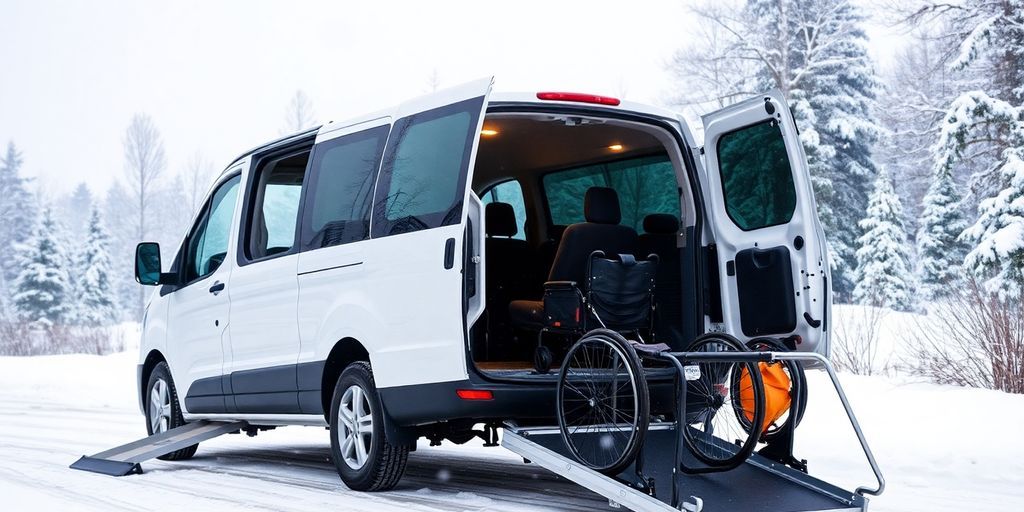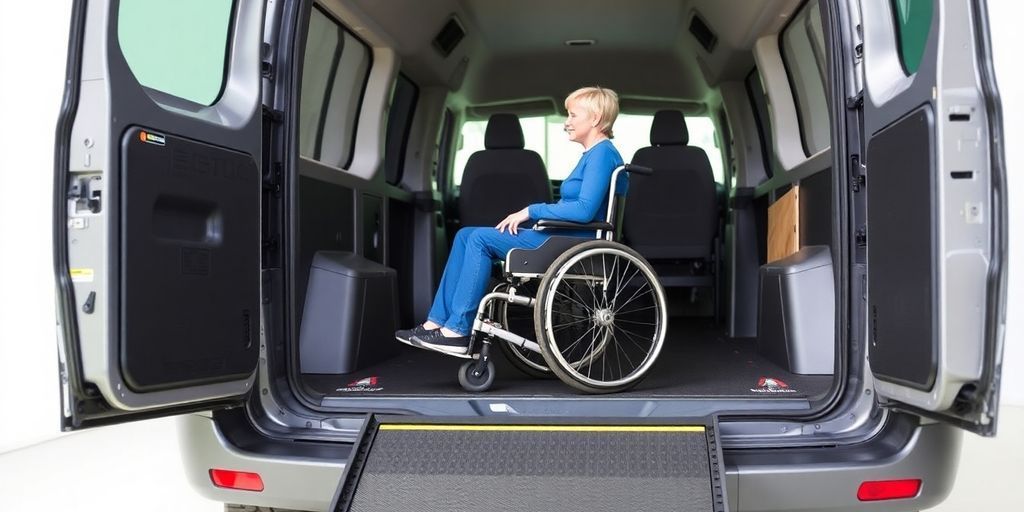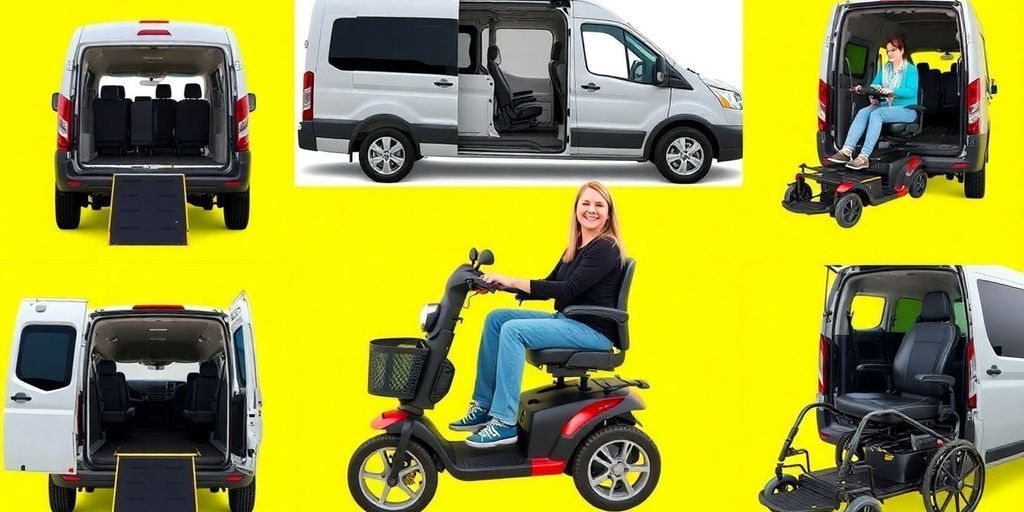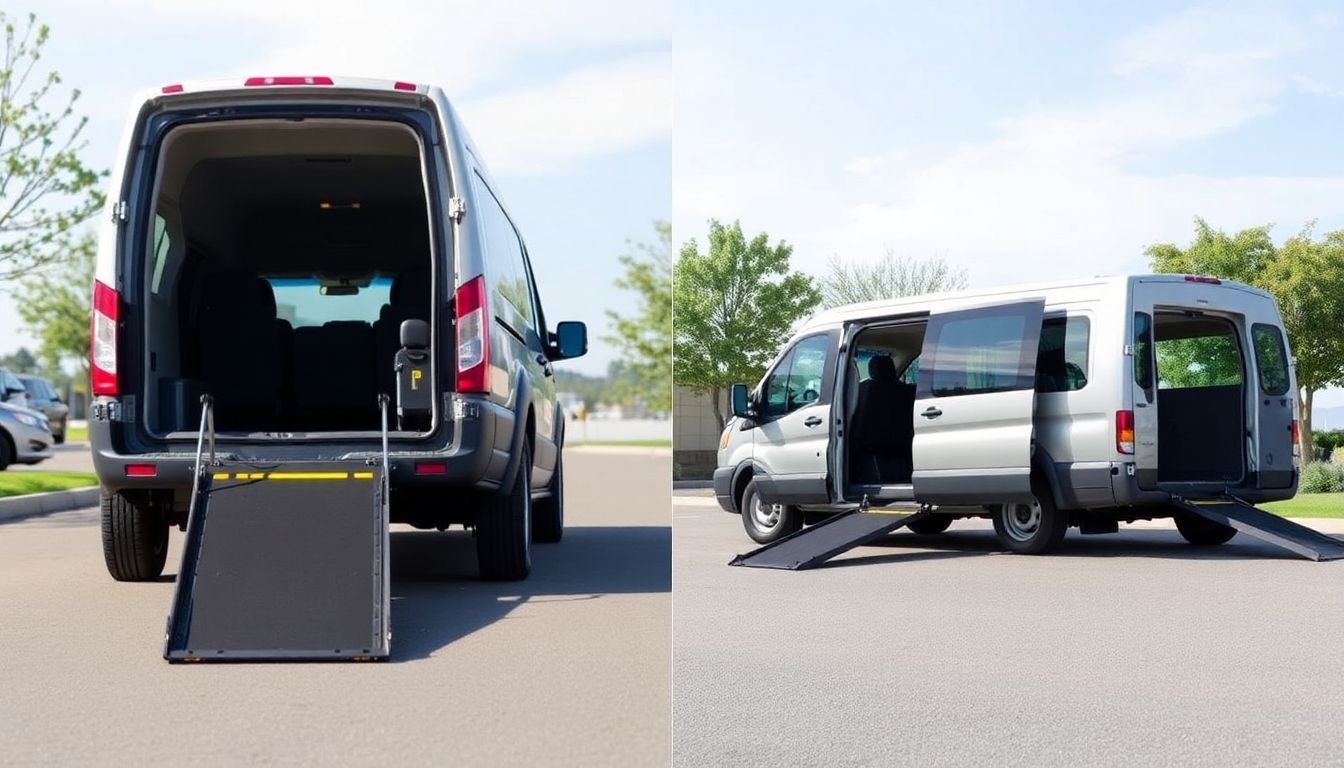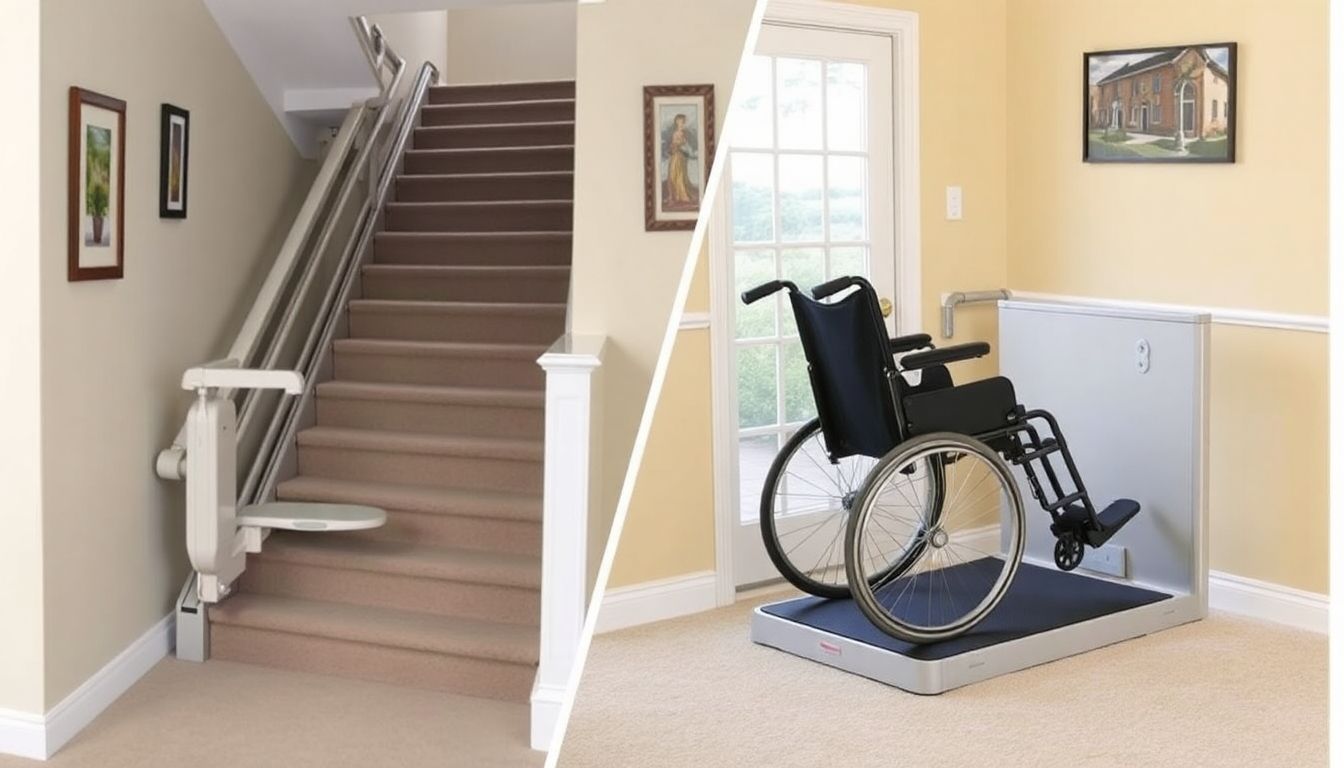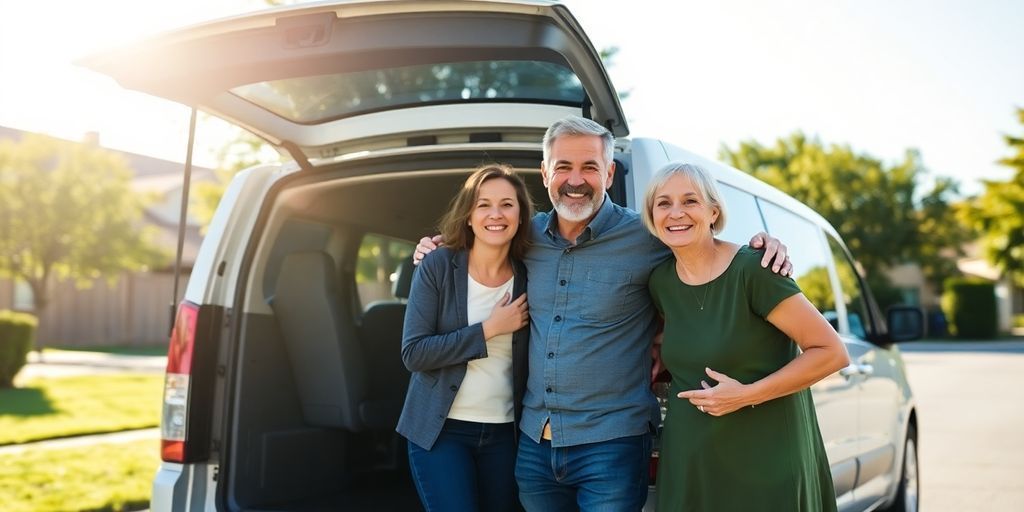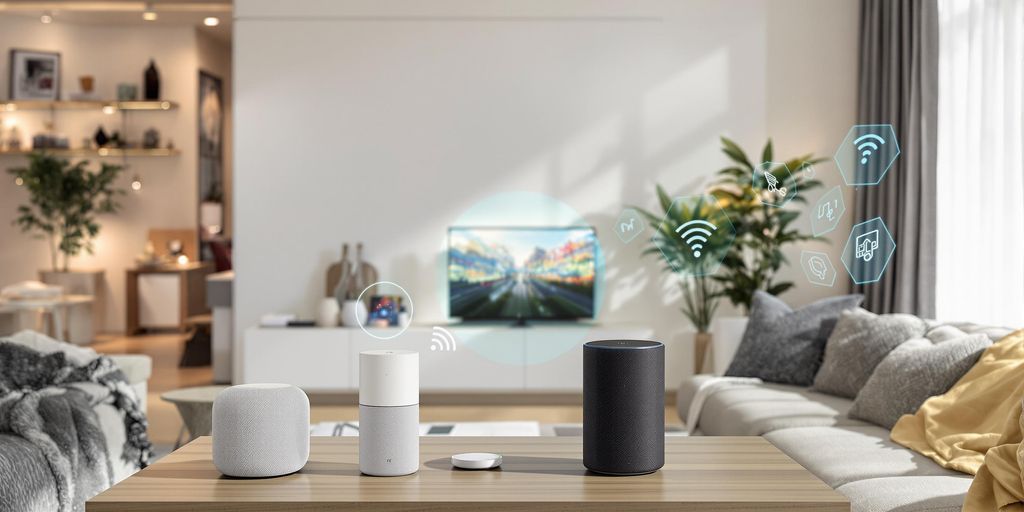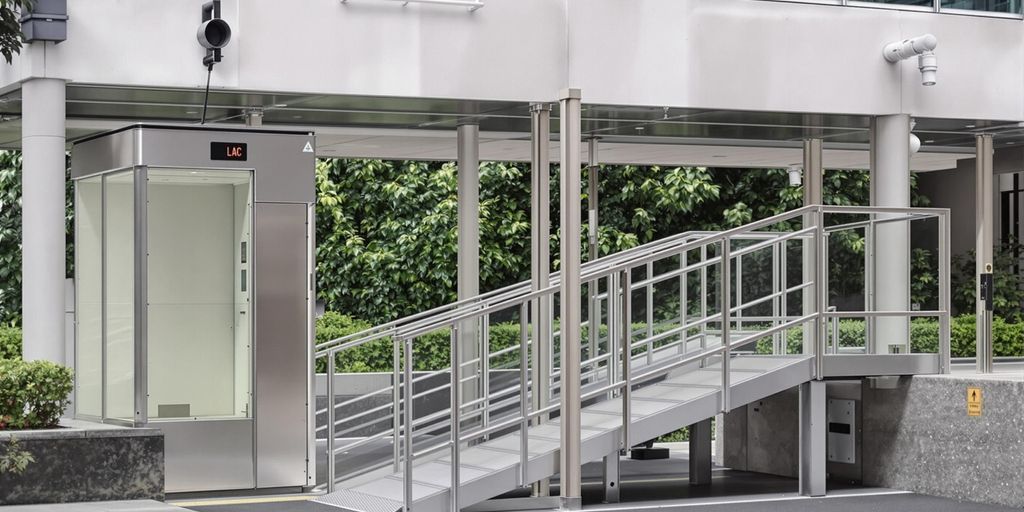Before You Modify: Critical Considerations in the Home Modifications Process

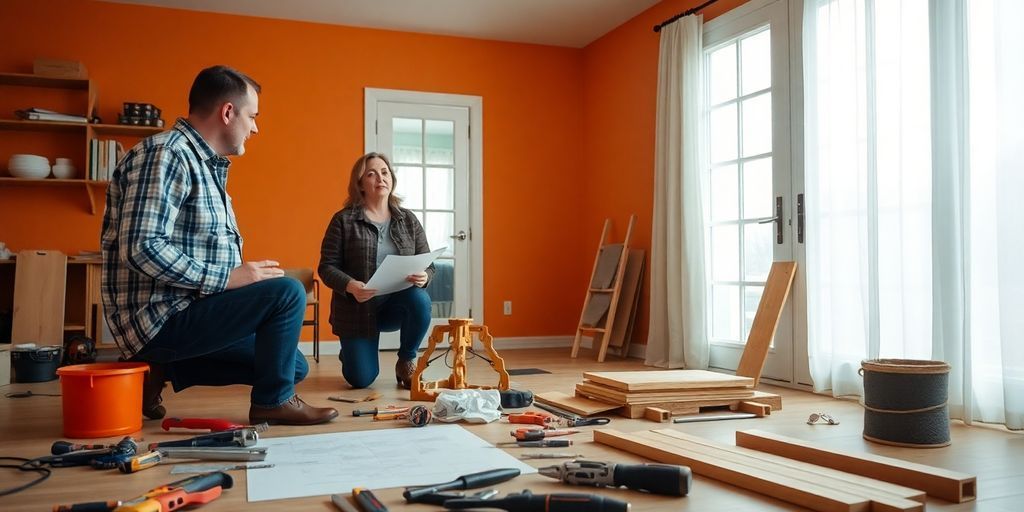
Thinking about changing your home to make it more accessible? It's not just about adding a ramp or widening a doorway. Home accessibility planning is a big deal and can really make a difference in how you live day-to-day. Whether you're dealing with a new mobility issue or just planning ahead, there's a lot to consider. From safety features to smart tech, getting it right means taking a close look at what you need now and what you might need down the road.
Key Takeaways
- Start with a clear plan that focuses on both immediate needs and future possibilities.
- Safety first: prioritize modifications that prevent falls and make daily tasks easier.
- Don't go it alone—consulting with professionals can save time and money.
- Look into funding options like government programs or grants to help cover costs.
- Smart home technology can offer new ways to improve accessibility and independence.
Understanding the Basics of Home Accessibility Planning
Defining Home Accessibility
Home accessibility is all about creating spaces that are easy to navigate for everyone, regardless of physical ability. This means making adjustments to ensure that people with mobility challenges can move around safely and comfortably in their own homes. Universal Design plays a key role here, promoting environments that work for all ages and abilities without the need for adaptation or specialized design. Imagine a home where doorways are wide enough for wheelchairs, light switches are reachable, and bathrooms are safe for everyone to use.
Key Elements of an Accessibility Checklist
When planning for home accessibility, it's crucial to have a checklist to guide you through the process. Here are some key elements to consider:
- Entryways and Exits: Ensure they are clear and easy to navigate. This might involve installing ramps or widening doorways.
- Bathroom Modifications: Consider adding grab bars and non-slip flooring to prevent falls.
- Lighting: Adequate lighting is essential. Think about installing brighter bulbs or additional light sources in dim areas.
Common Misconceptions About Home Modifications
There are a few myths floating around about home modifications. One big misconception is that making a home accessible is always expensive and involves major renovations. In reality, many modifications are simple and affordable, like adding lever-style door handles or installing threshold ramps. Another myth is that these changes make a home look "institutional" or less appealing. However, modern design solutions are both functional and stylish, blending seamlessly into any home aesthetic.
Before diving into home modifications, take a moment to understand that accessibility is not just about adding ramps or grab bars. It's about creating a living space that adapts to the needs of its occupants, making life easier and more enjoyable for everyone involved.
Identifying and Overcoming Common Barriers in Homes
Recognizing Physical Barriers
When you think about making a home more accessible, the first thing that probably comes to mind is dealing with physical barriers. These are the most visible challenges and include things like narrow doorways, steep stairs, and high thresholds. For someone using a wheelchair, these barriers can turn a simple task into a daunting challenge.
- Narrow Doorways: Consider widening doorways to at least 32 inches to accommodate wheelchairs.
- Steep Stairs: Installing a ramp or a stairlift can make a world of difference.
- High Thresholds: These can be leveled or replaced with low-profile alternatives to ease movement.
Addressing Sensory Impairments
Not all barriers are physical. Sensory impairments can make navigating a home difficult too. For instance, poor lighting can be a huge problem for those with visual impairments. Here are some adjustments that can help:
- Improve Lighting: Use bright, non-glare lighting throughout the house.
- Sound Systems: Install doorbells or alarms with flashing lights for those with hearing impairments.
- Contrasting Colors: Use contrasting colors on walls and floors to help define spaces clearly.
Solutions for Cognitive Challenges
Cognitive challenges often get overlooked in home modifications, yet they are equally important. People with cognitive impairments might struggle with organization or remembering where things are. Here’s what you can do:
- Clear Signage: Use simple, clear signs to label rooms and important areas.
- Organized Spaces: Keep spaces organized and clutter-free to minimize confusion.
- Smart Technology: Consider using smart home devices that provide reminders and alerts to help manage daily tasks.
Creating a home that caters to these needs isn't just about adding features; it's about understanding the unique challenges each individual faces and finding ways to make life a little bit easier. Whether it's a ramp for a wheelchair, brighter lights for better visibility, or smart tech to aid memory, small changes can lead to big improvements in quality of life.
Prioritizing Modifications for Maximum Impact
Assessing Immediate Needs
When it comes to home modifications, figuring out what needs to be done first can be a bit overwhelming. The key is to look at what changes will make the biggest difference right away. Start with the areas of your home where you spend the most time. Are there places that pose immediate safety risks? Maybe the bathroom needs grab bars or the kitchen could use better lighting. It's all about tackling what will provide the most safety and comfort right now.
Balancing Safety and Aesthetics
We all want a home that's not just safe, but also feels like, well, home. Balancing safety and aesthetics is crucial. You don't have to sacrifice style for safety. For instance, choose grab bars that match your bathroom's decor or pick non-slip tiles that look good and keep you from slipping. It's about making smart choices that keep your home looking great while being safe.
Long-Term Planning Considerations
Thinking long-term is a must when planning home modifications. Consider what changes might be needed down the line as you age or if your health status changes. This might mean widening doorways or planning for a future stairlift. It's like playing chess with your home—anticipating future moves to keep living there comfortably.
Home modifications aren't just about fixing immediate problems; they're about creating a space that will work for you for years to come. It's about making a home that's not only safe but also feels like yours.
Remember, the goal is to make your home a place where you can live comfortably and safely for as long as possible. Whether it's enhancing home comfort and well-being through better insulation or planning for future needs, every step you take now can make a big difference later.
Consulting with Professionals for Effective Home Mods
Choosing the Right Experts
When it comes to home modifications, picking the right experts is like choosing the perfect tool for a job. You wouldn't use a hammer to fix a leaky faucet, right? Selecting professionals with the right experience can make all the difference. Start by looking for specialists who know their stuff about accessibility and home safety. Ask around—friends, family, or even your local community center might have some recommendations. Don't forget to check online reviews and maybe even ask for a portfolio of past projects. A good expert should be able to show you what they've done before.
Understanding Professional Assessments
Before diving into any changes, getting a professional assessment is a smart move. These assessments help identify the specific needs of your home. You might think you know what needs fixing, but a trained eye can spot things you might miss. They'll look at everything—from the width of your doorways to the height of your countertops. It's all about making your home as functional as possible. The goal is to create a space that works for you, not against you.
Collaborating on Design Solutions
Once you've got your experts and assessments sorted, it's time to collaborate on design solutions. This is where you and the pros put your heads together to come up with the best plan. Your input is crucial here because, at the end of the day, you're the one living in the house. Don't be shy about sharing your ideas or concerns. Maybe you want a ramp in the front, but you're worried about how it'll look. Or perhaps you need a bathroom redesign that's both safe and stylish. Work with your team to balance practicality with aesthetics. Remember, this is your home, and it should reflect your personality and needs.
Involving professionals in your home modification journey ensures that changes are not only safe and functional but also tailored to your lifestyle. It's about creating a space where you feel comfortable and secure.
Exploring Funding Options for Home Modifications
Government Assistance Programs
When it comes to funding home modifications, government programs are a solid starting point. For instance, the Rural Housing Repair Loans and Grants program, backed by the USDA, offers loans up to $70,000 and grants up to $7,500 for low-income homeowners aged 65 and older. Similarly, the HUD's Older Adult Home Modification Program provides funds to help seniors make their homes safer and more accessible. These programs typically require you to meet specific income or health criteria, so it's essential to check eligibility requirements.
Non-Profit Grants and Support
Non-profit organizations can be a lifeline for those needing financial help with home modifications. Groups like Rebuilding Together offer assistance to low-income homeowners, focusing on making homes safer and more accessible. These organizations often work with volunteers and local businesses to provide cost-effective solutions. It's worth reaching out to local non-profits to see what support might be available.
Financing and Loan Opportunities
If grants and non-profit support fall short, there are still other ways to finance your home modifications. Home equity loans and lines of credit can be viable options, allowing you to borrow against the value of your home. Additionally, some banks and credit unions offer loans specifically designed for home accessibility improvements. Consulting with a financial advisor can help you explore the best options tailored to your needs.
Remember, while exploring these funding options can be a bit overwhelming, the peace of mind that comes with a safer, more accessible home is well worth the effort.
Incorporating Smart Technology in Home Modifications
Benefits of Smart Home Devices
Smart home devices are changing the way we think about home modifications. These gadgets can make life way easier, especially for folks with mobility issues. From adjusting the thermostat to locking doors, smart devices handle it all with just a voice command or a tap on your phone. Think about the convenience of controlling your entire home without lifting a finger. Plus, these devices can help you save on energy bills by optimizing usage.
Integrating Voice-Controlled Systems
Voice-controlled systems like Amazon Alexa or Google Assistant are more than just cool gadgets. They can be a real game-changer for people who might have trouble moving around. Imagine being able to turn on the lights, adjust the heat, or even lock the doors just by speaking. It's like having a personal assistant right at home. And for those who need reminders for meds or appointments, these systems have your back.
Enhancing Safety with Smart Sensors
Safety is a big deal, and smart sensors are here to help. These little devices can detect smoke, carbon monoxide, or even water leaks, sending alerts straight to your phone. Some systems even notify family members or caregivers if something's wrong. It's peace of mind knowing your home is looking out for you.
By integrating smart home technology, you can create a more comfortable and secure environment for everyone.
For more insights on how smart tech can support independent living for the elderly, check out some innovative strategies that make ageing in place easier.
Maintaining and Updating Accessibility Features
Regular Maintenance Practices
Keeping accessibility features in top shape is like routine car maintenance—essential but often overlooked. Regularly check things like non-slip flooring and handrails. These should be inspected for wear and tear to prevent accidents. Don't forget to ensure ramps and lifts are working smoothly. It's a good idea to set a reminder to do these checks every couple of months. Staying on top of maintenance can prevent bigger, costlier repairs down the line.
- Inspect non-slip flooring for any signs of wear.
- Check handrails for sturdiness and secure attachment.
- Test ramps and lifts to ensure they operate smoothly.
Identifying When Upgrades Are Needed
Sometimes, what worked yesterday might not cut it today. If you find that certain features aren't meeting your needs anymore, it might be time to think about upgrading. This could mean anything from installing a more advanced stairlift to incorporating smart home technology. Smart home devices are becoming increasingly popular for their convenience and added safety benefits.
- Evaluate current features to see if they still meet your needs.
- Consider new technologies that could enhance your home's accessibility.
- Consult with professionals if you're unsure about potential upgrades.
Ensuring Long-Term Usability
For long-term usability, focus on quality materials and professional installation. It's not just about making changes; it's about making the right ones. Investing in durable materials and expert services can make a huge difference in how long your modifications last. Regular updates to accommodate changing needs can significantly improve your quality of life.
Keeping your home accessible and safe requires ongoing attention and investment. By staying proactive, you can ensure that your living space remains accommodating to your individual needs.
For comprehensive home modifications that meet ADA standards, consider consulting with UDS for expert guidance and support.
Real-Life Success Stories of Home Modifications
Case Study: Transforming the Smith Family Home
The Smiths were facing a tough time when their youngest was diagnosed with a mobility issue. They decided it was time to make some changes. Installing a ramp and fitting the bathroom with grab bars and a roll-in shower made a world of difference. Their home became a safer, more accessible place for their child. Now, they enjoy a better quality of life and peace of mind.
Lessons Learned from Successful Projects
- Assess Needs Early: It's important to understand the specific needs of the individual for effective modifications.
- Consult Professionals: Working with experts ensures the modifications are safe and functional.
- Plan for the Future: Think about potential future needs to make the home adaptable for years to come.
Real-life success stories highlight how thoughtful home modifications can improve accessibility and quality of life for individuals and families.
Inspiring Stories from the Community
These stories remind us that making a home truly accessible is not just about the physical changes but also about the impact on lives. Whether it's installing a walk-in shower like Mike did, or adding ramps and grab bars, these modifications help people live more independently and comfortably. The sense of empowerment and freedom that comes from such changes is truly inspiring.
Discover how real people have transformed their homes to enhance their lives. From wheelchair ramps to modified bathrooms, these inspiring stories show the power of home modifications. Ready to make a change? Visit our website for a free quote and see how we can help you achieve your mobility goals!
Conclusion
Wrapping up, making changes to your home isn't just about fixing things—it's about creating a space where you feel safe and comfortable. Whether it's adding ramps, improving lighting, or installing grab bars, these modifications can make a world of difference. They help prevent accidents and let you move around your home with ease. So, take a good look around your place and think about what could be improved. With a few thoughtful adjustments, you can enjoy your home without worry and live more independently. Remember, even small changes can have a big impact.
Frequently Asked Questions
What are some typical changes for making a home more accessible?
Common changes include adding ramps, handrails, and bright lights to help prevent falls.
How can I spot dangers in my home?
Look for things like loose rugs, cluttered areas, or dim lighting that could cause trips or falls.
Why is it important to make my home easy to move around in?
Making your home accessible helps you stay safe and live on your own, especially during times when conditions can change.
What should I do if I need help making my home safer?
You can talk to experts who know about accessibility. They can give you advice on what changes to make.
How can smart gadgets help with home accessibility?
Smart gadgets let you control things like lights and alarms with your voice, making it easier to stay safe.
How often should I check my home for safety?
It's a good idea to check your home often, especially after bad weather or if your needs change.
First Responders & Military Discount + VA Approved
PRODUCTS AND SERVICES
North Georgia Mobility | All Rights Reserved | Powered By Flypaper | Privacy Policy

